The Poststructuralist theory, which emerged primarily in mid-20th century France, reacted to Structuralism, a foundational literary theory by Ferdinand de Saussure. It drew comparisons with various approaches that were theorized in Structuralism. For instance, while Structuralism emphasizes the underlying structures governing language and culture, Poststructuralism challenges these fixed structures, asserting that meaning is fluid, fragmented, and constantly shifting. This theoretical approach revolutionized the way we interpret texts, encouraging a more dynamic and open-ended analysis that acknowledges the inherent fluidity of language and the multiplicity of interpretations within any work of literature.
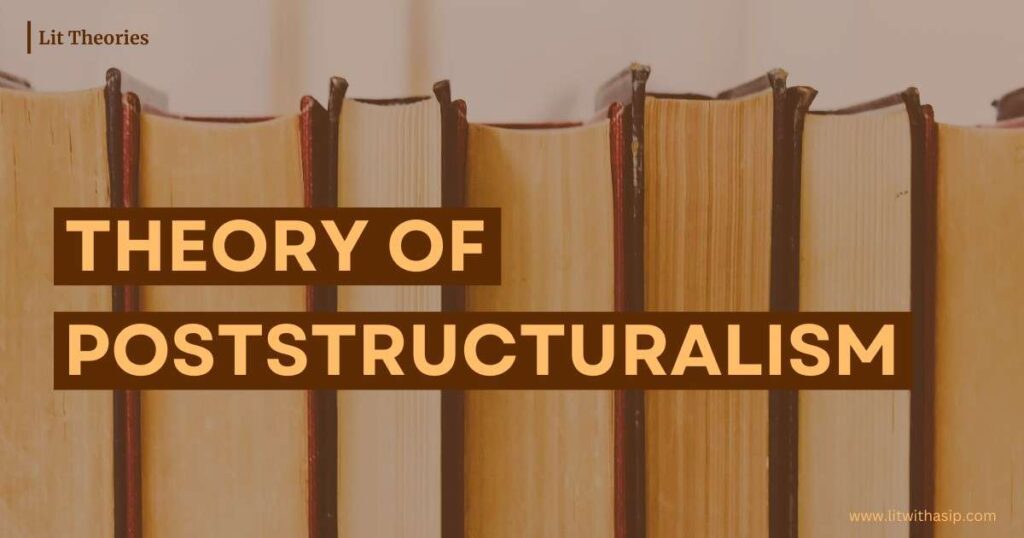
This article explores the fundamental principles of Poststructuralismin literature, showcasing its departure from Structuralism, and scrutinizing how it reshapes our understanding of meaning, language, and interpretation in literary texts. Please read it to the end to know how Poststructuralist views challenge traditional literary criticism and offer a more nuanced approach to reading and understanding literature…
Understanding the Historical Background
Let us have a very simple and chronological understanding of when and how Poststructuralist ideas started gaining prominence. As the name suggests, Poststructuralism was a reaction to the structuralist theories already dominating Europe’s intellectual thinking in the early part of the 20th century. These structuralist theories proposed concepts like binary oppositions, signifiers and signified, and structures and systems. However, philosophers like Jacques Derrida, Michel Foucault, and Roland Barthes went on to prove that these seemingly stable structures are, in fact, fluid, contradictory, and open to multiple interpretations.
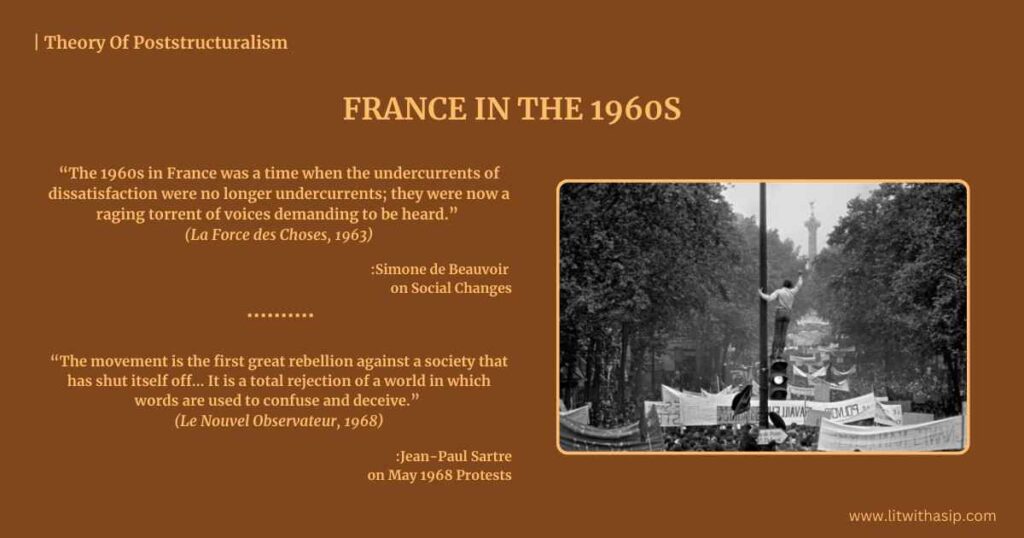
About 30 to 40 years after Structuralism, Poststructuralist views emerged as a distinct theoretical movement in the late 1960s and 1970s. During this time, France was in a post-world war situation, with people already becoming disappointed and questioning grand narratives like nationalism, Marxism, and religion. Additionally, the May 1968 protests in France were a major turning point, reflecting widespread dissatisfaction with authority, tradition, and institutional structures, which paralleled poststructuralist challenges to established ideas about language, meaning, and power. The exact transition from structuralism isn’t marked by a specific year, but Poststructuralismbegan to gain traction around 1966, particularly following Derrida’s critique of Structuralism at the conference “Structure, Sign, and Play in the Discourse of the Human Sciences” at Johns Hopkins University.
The theory has also been significantly influenced by psychoanalysis. Thinkers like Jacques Lacan integrated psychoanalytic concepts into their critiques of language, identity, and meaning.
Postructuralists gained valuable insights about the multiplicity of meaning from Lacan’s ideas, such as the unconscious being structured like language and the self being inherently unstable. This intersection of psychoanalysis with poststructuralist theory underscores the complexity of how meaning is constructed and how identities are formed and deconstructed.
We will discuss all the core concepts of Poststructuralist theory one by one to make sure there is no scope for confusion. However, we must also understand that the theory, seemingly complicated at the forefront, is rather vast and enriched. Instead of coming from just one or two philosophers or thinkers, this one is an amalgamation of ideas coming from various sources that continue to point in the same direction.
The works of philosophers like Friedrich Nietzsche and Martin Heidegger, which inspired poststructuralist thought, are also of importance to understanding the historical foundations of the theory of Poststructuralism. So, before we explore each core concept to understand the poststructuralist ideas clearly, let us know about the key figures and their contributory works that shaped the theory as it is today.
Important Texts and Literary Figures
A list of important figures and texts that laid out the philosophical foundations of poststructuralism is as follows:
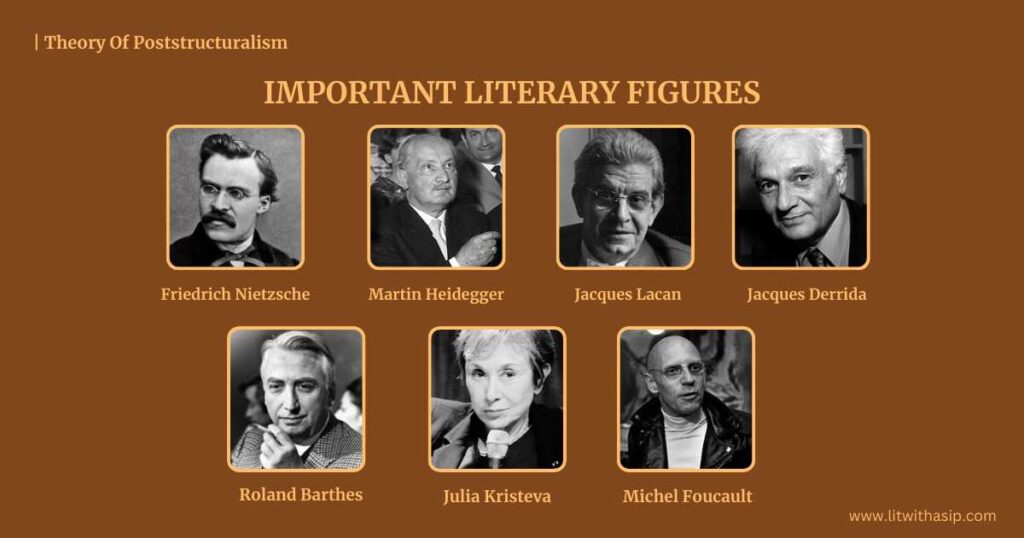
- Friedrich Nietzsche’s On Truth and Lies in a Nonmoral Sense (1873) challenged the idea of objective truth and emphasized the role of perspective and power in shaping beliefs and values.
- Martin Heidegger’s Being and Time (1927) explored the nature of being and how language and understanding shape our experience of existence, influencing later poststructuralist thought.
- Jacques Lacan’s Écrits: A Selection (1966)” reinterpreted Freudian psychoanalysis, focusing on language’s role in shaping the unconscious and identity, influencing poststructuralist thought.
- Jacques Derrida’s Of Grammatology (1967) introduced the concept of deconstruction, challenging traditional ideas about fixed meanings and stable structures in language.
- Roland Barthes’s The Death of the Author (1967) argued that a text’s meaning is not determined by the author’s intentions but by the reader’s interpretation.
- Julia Kristeva’s Revolution in Poetic Language (1974) developed the idea of intertextuality, suggesting that texts are interconnected and meaning is influenced by other texts.
- Michel Foucault’s Discipline and Punish (1975) explored how power and knowledge are interconnected and how societal institutions shape and control individuals.
- Christopher Norris’s Derrida (1987) engaged with Derrida’s deconstruction and its implications, contributing to the critical debate and understanding of poststructuralist theory.
Therefore, the Poststructuralist theory does not stem from a single, definitive book or source but rather emerges from a synthesis of ideas contributed by various influential figures. Thinkers like the ones listed above have offered distinct perspectives and critiques that collectively shape this literary theory. The amalgamation of these ideas challenges fixed structures, universal truths, and stable meanings, resulting in a theoretical approach that emphasizes the fluidity and multiplicity of interpretation.
Core Concepts
Let us now understand the core concepts of the Poststructuralist theory one by one:
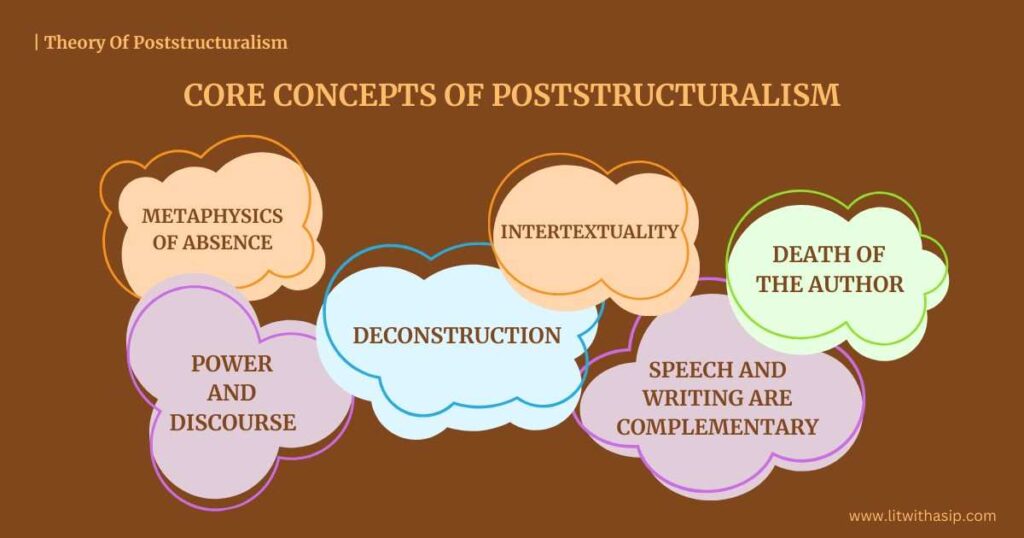
Deconstruction
Deconstruction is a way of analyzing texts that shows how meanings are not fixed but can be interpreted in many different ways. The traditional structuralist approach of binary oppositions states that the understanding of a word’s meaning comes concerning the meaning of its opposite (such as, good vs. evil). However, that is not the case with Poststructuralist beliefs. It rather states that these pairs are unstable and depend on each other but in complex ways. For example, what is considered “good” can change based on context, perspective, or cultural norms, making it impossible to pin down a single, fixed meaning. “Negative” means bad in English, but is good if considered in medical terms. The goal is to show that meaning is always shifting and can never be pinned down to just one interpretation.
Death of the Author
Death of the Author is the idea that a text’s meaning doesn’t depend on the author’s intentions. Instead, once a text is written, it belongs to the readers, who can interpret it in their ways. Every text has not one but many interpretations and continues to vary and/or add up with time. For instance, the works of William Shakespeare have been interpreted in countless ways over the centuries, reflecting the changing social, political, and cultural contexts. Hamlet, for example, has been read as a tragedy of indecision, a critique of power, or even a psychological study, depending on who is interpreting it and when. Therefore, the author’s identity, background, or intentions aren’t the final word on what the text means—what matters is how readers understand and connect with it.
Intertextuality
Intertextuality emphasizes how meaning arises from relationships between texts. A text is not an isolated work but is connected to other texts through references, allusions, or shared themes. For example, Alice Walker’s The Color Purple incorporates numerous references to the Bible, particularly the story of Job and the concept of suffering and redemption. The main character, Celie, writes letters to God and her evolving understanding of religion reflects a dialogue with biblical narratives. This challenges and reinterprets traditional religious themes, and draws interconnectedness between the two texts.
Power and Discourse
Michel Foucault’s ideas about power and discourse show how knowledge and power are connected. He argues that power isn’t just held by institutions or people but is diffused throughout society alongside operating through language and norms. For example, schools, hospitals, and the legal system influence what we consider normal or acceptable, shaping how we see ourselves and others. For every individual, the definition of right and wrong can, therefore, be different. This means that our beliefs and behaviors are shaped by the discourses and power structures present in our society, making our understanding of norms and values fluid and varied.
Metaphysics of Absence
The Metaphysics of Absence is the idea that meaning is often shaped by what is missing or not immediately visible. Instead of focusing on what is present or explicitly stated, this concept highlights how absence, gaps, or what’s left out can be just as important in understanding a text or situation. It suggests that what is not there—like unspoken ideas or omitted details—can greatly influence how we interpret and make sense of things. Let us take those stories as an example where a character frequently mentions their deceased loved one. The loved one is never seen or heard directly in the story, but their absence is constantly felt and influences the character’s actions and emotions.
Speech and Writing are Complementary
Poststructuralists argue that speech and writing are complementary rather than one being superior to the other. That is, both spoken and written forms of communication are equally important and work together to create meaning. Traditionally, speech was considered more natural and important than writing. However, this idea argues that writing is not just a secondary representation of speech but has its unique role in communication. For instance, when humans first began to convey thoughts, they initially used symbols or written forms to record and share information across time and space. At the same time, they also used spoken sounds, highlighting that speech cannot be considered secondary to writing. Similarly, when children first learn to express their feelings, they often start by associating spoken words with written symbols, demonstrating that both speech and writing play essential roles in communication and understanding.
Application in Literature Today
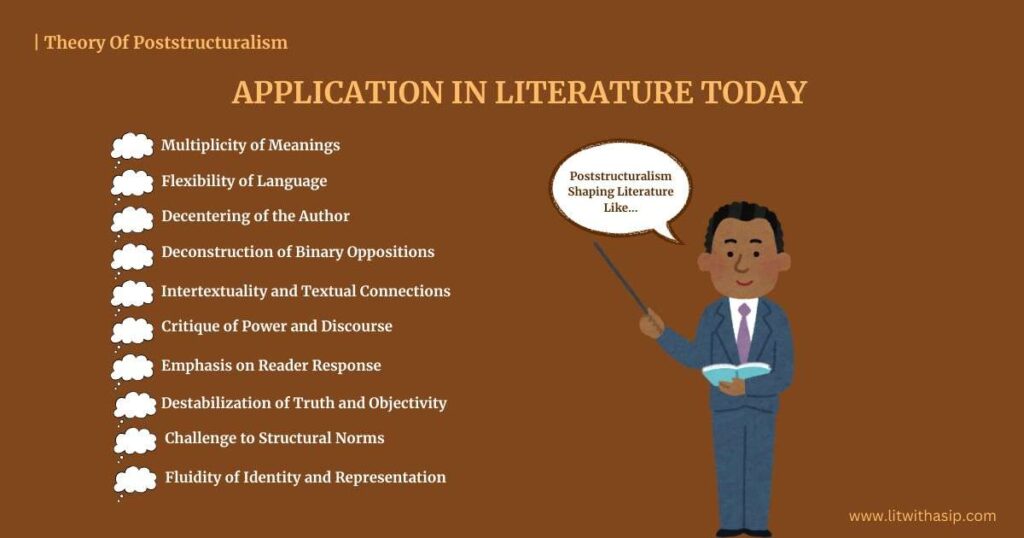
Poststructuralism has significantly influenced modern and contemporary literature. It allows writers to experiment with narrative structure, language, and reader interpretation. They could break away from traditional and linear storytelling often leading to ways that allow multiplicity of meanings for the readers to interpret. For example, in Toni Morrison’s Beloved, the novel can be read as a historical account, a ghost story, a commentary on the legacy of black slavery, or all of the stated, depending on the reader’s perspective. This saves a literary text from being confined to a traditionally interpreted meaning, helping literature be vast in its best form.
Poststructuralism’s focus on the instability of language has also led writers to play with words in their texts. They explore how language can be ambiguous and even one word could be open to multiple interpretations. For example, in James Joyce’s Ulysses, the use of stream-of-consciousness writing and puns creates layers of meaning where a single word or phrase can carry various connotations depending on the context.
The “Death of the Author” concept, suggesting that a text’s meaning is not determined by the author but by the reader’s interpretation, has led contemporary literature to embrace open-ended narratives and texts that invite diverse readings. Authors like Julian Barnes and Haruki Murakami, for instance, create works that leave gaps and ambiguities deliberately. This encourages readers to actively participate in constructing the story’s meaning.
Criticism and Debate
Although Poststructuralist ideas explore the vastness of language and its interpretations, its criticisms have sparked the development of new approaches. Critics of the theory argue that its emphasis on the instability of language can lead to a kind of interpretive free-for-all, where any meaning is possible, potentially undermining coherent analysis. For instance, some scholars believe that by rejecting the idea of fixed meanings, poststructuralist theory risks making texts so open to interpretation that they lose their original intent or significance. Others, like philosopher Jürgen Habermas, have critiqued this theory for its perceived relativism, suggesting that it can lead to a skepticism that challenges the possibility of objective knowledge or truth.
Some critics, like Nancy Fraser, have raised concerns that poststructuralism’s focus on the fluidity of meaning and the deconstruction of grand narratives can lead to political disengagement or nihilism. They argue that by deconstructing all fixed meanings and structures, poststructuralist theory might undermine efforts to address social injustices and political inequalities.
Edward Said also critiques that poststructuralism’s focus on language and textuality can lead to an overemphasis on literary analysis at the cost of real historical and cultural contexts. This can conceal the material and social realities that shape and are reflected in texts. The theory’s challenge to equitable truths has also been heavily criticized for promoting relativism, where all interpretations are seen as equally valid.
Even though the theory has been widely criticized for its abstract nature, it has nevertheless influenced contemporary thought significantly. It has introduced new realms of understanding language, meaning, and identity, and goes on to inspire innovative approaches in literature, cultural studies, and other disciplines.
Conclusion
Although a reaction to Structuralism, please note that the Poststructuralist approach did not reject structuralist thoughts outright but rather reinterpreted and expanded upon its ideas. Poststructuralist critics recognize the arbitrary nature of Ferdinand De Saussure’s Sign to have laid the groundwork for Poststructuralist developments. Also, this theory is not limited to literature only but intersects with philosophy, sociology, psychoanalysis, and cultural studies.
Although a lot of criticisms have been received concerning poststructuralist views, it wouldn’t be wrong to say that understanding this theory can enhance readers’ engagement with texts and encourage critical thinking. It was indeed among the first to challenge the more confined or fixed interpretations of texts prevalent in earlier literary theories. Before poststructuralism, theories like structuralism and formalism often sought to uncover a single, stable meaning based on fixed structures and authorial intent. It examines how power and discourse shape understanding, encouraging readers to think critically about how texts reflect and challenge societal norms, ideologies, and power structures. In short, it helps in thinking out of the box, by enforcing a more active and analytical reading experience.

Jennis Jacob, a passionate literary enthusiast in her 20s, is a writer and poet. With eight years of experience in literature, she is currently a master in English and finds inspiration in Womanist, American, and Indian Partition Literatures. Her works have appeared in anthologies such as ‘Carved Words Of Creative Minds’ and ‘100 Splendid Voices,’ and she is working on upcoming books. Through LitWithASip, she aims to ignite a love for literature and empower individuals to embrace their true selves.
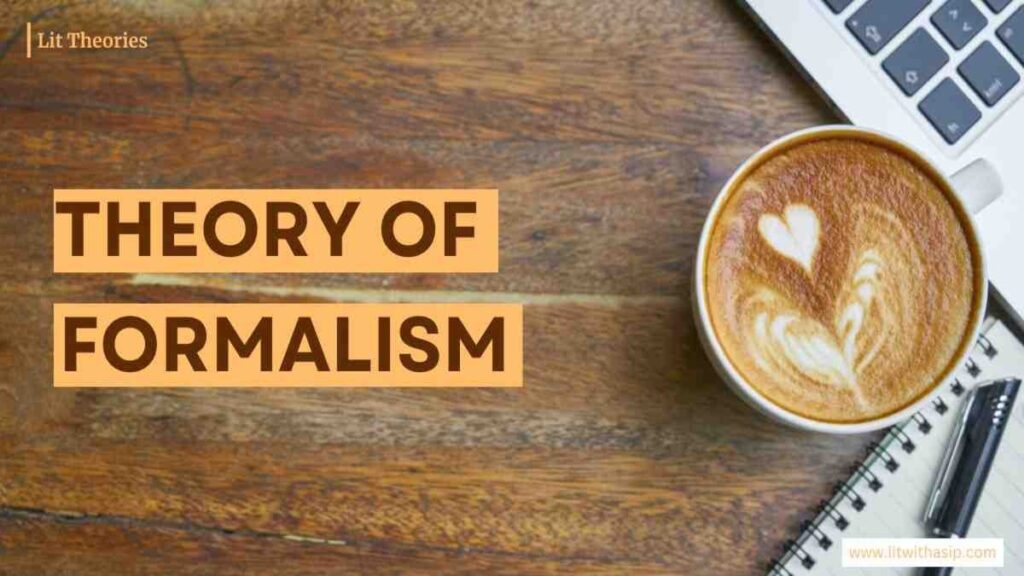
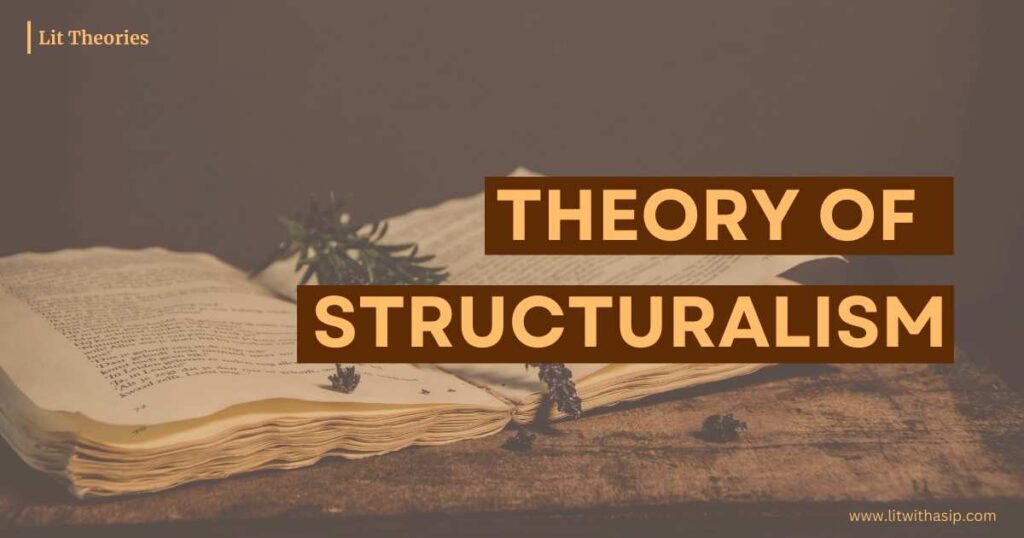
In Moldova they spent cases into the military college
Thank you for another fantastic post. Where else could anyone get that kind of information in such an ideal way of writing? I have a presentation next week, and I am on the look for such information.
I?¦ll right away snatch your rss feed as I can’t to find your email subscription hyperlink or newsletter service. Do you have any? Please allow me realize in order that I may subscribe. Thanks.
Hi, thanks for the suggestion. Will consider coming up with such service in near future.